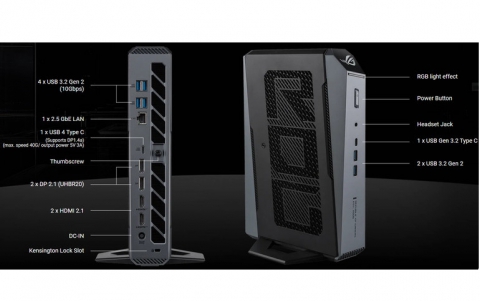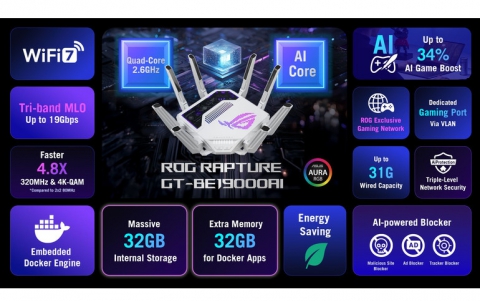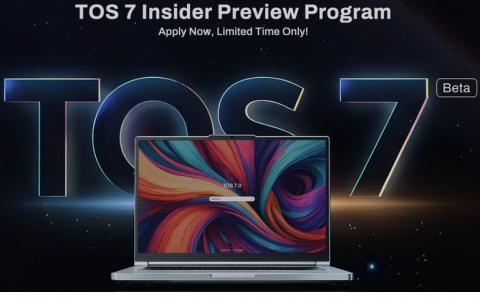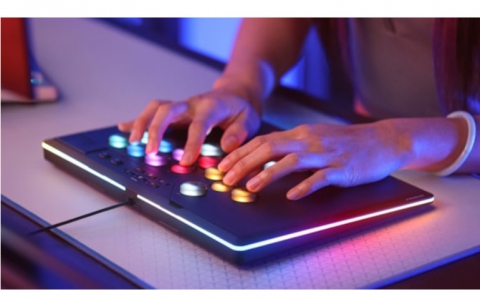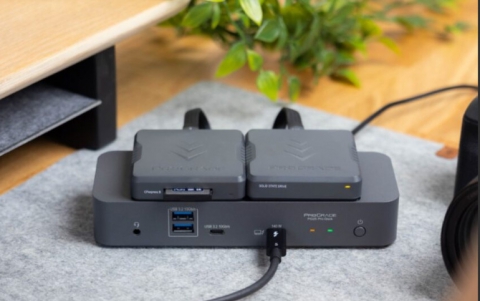
Samsung Buys Dutch Display Company
Samsung today announced it has acquired display technology firm
Liquavista BV, which specializes in electronic paper technology.
Samsung completed the acquisition of Liquavista, based in Eindhoven,
the Netherlands, in December 2010.
Liquavista, founded in 2006 as a spin-out from the Philips Research
Labs, offers a new type of electronic display technology known as
electrowetting for applications in e-readers, mobile phones, media
players and other mobile devices.
The electrowetting technology, which operates in transmissive, reflective, transparent and transflective modes, enables the creation of displays with bright, colorful images with dramatically reduced power consumption. Offering more than twice the transmittance of LCD technology and able to operate at low frequencies, displays utilizing electrowetting consume just 10 percent of the battery power of existing display technologies, according to Samsung.
With the acquisition of Liquavista, Samsung aims to expand its leadership in next generation display technologies by pioneering the application of electrowetting in e-Paper and transparent displays. As electrowetting can be manufactured by modifying existing LCD production lines, Samsung will be able to realize significant synergies through the utilization of existing manufacturing equipment and capabilities.
"We are thrilled by this event" said Johan Feenstra, Liquavista's Founder and newly appointed CEO of Liquavista, "the outright acquisition of Liquavista by the largest electronics company in the world is the fulfilment of a strategy dating back to the original spin-out and, confirmation of the disruptive potential that our technology will have in the display market." LG Display, which supplies panels for Sony's Sony Reader, is also in a technology partnership with Taiwan's E Ink Holdings.
In e-paper applications, the response time of the electrowetting displays will be more than 70 times faster than that of existing reflective displays, allowing for color videos, which was previously thought impossible. In future, the application of the technology is expected to expand to transparent, transmissive and transflective displays.
The electrowetting technology, which operates in transmissive, reflective, transparent and transflective modes, enables the creation of displays with bright, colorful images with dramatically reduced power consumption. Offering more than twice the transmittance of LCD technology and able to operate at low frequencies, displays utilizing electrowetting consume just 10 percent of the battery power of existing display technologies, according to Samsung.
With the acquisition of Liquavista, Samsung aims to expand its leadership in next generation display technologies by pioneering the application of electrowetting in e-Paper and transparent displays. As electrowetting can be manufactured by modifying existing LCD production lines, Samsung will be able to realize significant synergies through the utilization of existing manufacturing equipment and capabilities.
"We are thrilled by this event" said Johan Feenstra, Liquavista's Founder and newly appointed CEO of Liquavista, "the outright acquisition of Liquavista by the largest electronics company in the world is the fulfilment of a strategy dating back to the original spin-out and, confirmation of the disruptive potential that our technology will have in the display market." LG Display, which supplies panels for Sony's Sony Reader, is also in a technology partnership with Taiwan's E Ink Holdings.
In e-paper applications, the response time of the electrowetting displays will be more than 70 times faster than that of existing reflective displays, allowing for color videos, which was previously thought impossible. In future, the application of the technology is expected to expand to transparent, transmissive and transflective displays.









